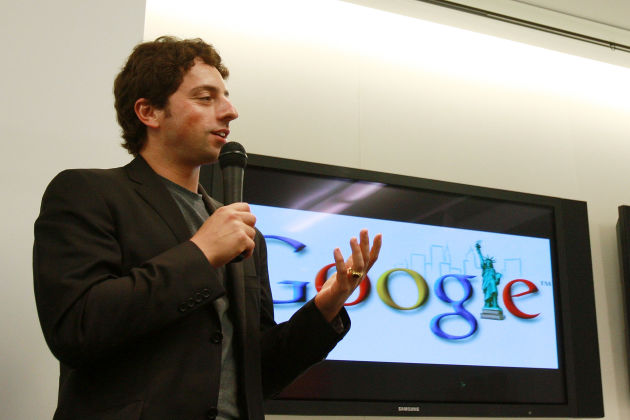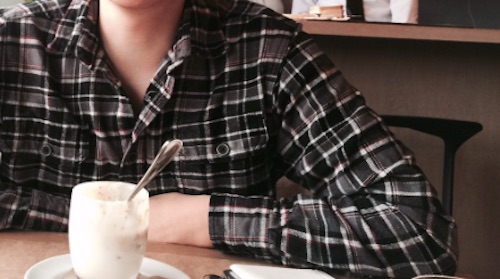NAM/Arab American News, News Report, Ali Harb
Despite the negative stereotypes surrounding Saudi Arabians, many Saudis in the United States are university students. Saudi presence on American campuses has grown significantly over the past seven years. Saudis amount to 4.5 percent of international students in the country.
In universities throughout Michigan, Saudis rank fifth in the number of international students. They make up 5 percent of the State’s foreign student body.
In 2006, the Saudi Higher Education Ministry established a scholarship program to send students to universities abroad.
Amr Alamri, former president of the Saudi Student Association (SSA) at Wayne State University, says that one of the goals of the program is to acquire Saudi staff for the Kingdom’s 27 universities.
Alamri, who is currently a PhD candidate in industrial engineering at WSU, adds that students who meet the program’s criteria get a full scholarship to a university of their choosing and a monthly allowance for residence and transportation.
Official Saudi associations at universities are funded by the Saudi government, in collaboration with the schools that host them. Their purpose is to help accommodate new Saudi students, assist them with living arrangements and help them assimilate into American college life.
“We pick up new students from the airport, help them find a place to stay, get a cell phone and a credit card,” Alamri explains. “They learn the language and the system and in a few months, they help newer students. It’s like a cycle.”
Alamri says Saudi students in Metro Detroit are lucky to be surrounded by a large Arab American community.
“Most students live on campus, but they frequent mosques and restaurants in Dearborn,” he said. “We are lucky to be here. Students in places like Tennessee are struggling to find a mosque, or somebody to speak Arabic to.”
Alamri, who started attending Wayne State in 2007, adds that Saudis interact and get along perfectly with the Arab American community, and the only negative aspect to their presence here is that they might not learn English as quickly as students in other parts of the country, because they can rely on communicating with Arabic speakers in their daily lives.
He says Saudis in Dearborn might not stand out, because they are diverse looking and they blend in with the local community.
“We have no official representation in the community, other than our association at the University,” Alamri says. “Also, we are all students, so you will not see Saudi doctors and lawyers in Dearborn, as it is the case with other Arabs.”
Ibrahem Almarhaby has been studying Near Eastern languages at Wayne State for two semesters. He says that he has not faced discrimination from anybody in the U.S. and the SSA has helped him assimilate into American culture.
He adds that there isn’t any tension, based on sect or nationality, between Saudi students and the local Arab American community.
“There’s a misconception that certain people do not like each other,” he says. “But the truth is that Saudi Arabia has different religious sects. We do not even think about it.”
Almarhaby says he preferred to attend Wayne State, because it is an “excellent” school that is internationally recognized.
“The biggest challenge is the language, but Michigan is a great place for foreign students, especially Arab students,” he says. “I live in Dearborn Heights. The Arab community here is great. Arab Americans are always encouraging us and helping us. I am honored to be a part of this community.”
Alamri echoes Almarhaby’s sentiment, referring to the community as “tolerant and diverse.”
“We would love to be more involved with the Arab American community, but we are restricted by our student visas and lack of time and resources,” Alamri says. “Most of our activities are limited to the campus.”
Saudi student associations celebrate three occasions on American campuses: Eid el-Fitr, Eid el-Adha and Saudi National Day.
The presidents of the associations meet twice a year in Washington, DC to address problems and issues facing Saudi students. The Saudi government also funds a yearly career fair that links Saudi students in the U.S. with employers in Saudi Arabia, including schools and U.S. companies.
Alamri says students attend lectures that introduce them to American culture, before they leave Saudi Arabia for the U.S. He adds that Saudi Arabia has changed over the past decade, becoming more culturally open.
However, homesickness continues to ail some students. Alamri says that when he was the president of the SSA at Wayne State, a student insisted to meet him personally. The student had been in Michigan for one day only, but had asked to go back home.
“I took him for a drive and showed him some of the area’s parks and greenery and nice neighborhoods. He agreed to stay, and now he is doing graduate studies and helping newer students,” Alamri says.
Walid Alomar, the president of the Saudi Student Association at the University of Michigan, says that culture shock is no longer a major problem to Saudi students, who are already familiar with American customs and ways of life from the movies and internet.
“When students come here, they know what to expect,” he explains.
The SSA at U of M is not funded by the Saudi government, because there are only about 30 Saudi students on the Ann Arbor campus, versus 250 at Wayne State.
However, Alomar says the SSA at Eastern Michigan University in Ypsilanti sometimes helps U of M students.
“We founded the association at the University of Michigan, so new students have somewhere to go to, with accessible contact info,” he says. “We do not host events like other associations, but we help new students and meet periodically.”
Alomar says that most U of M Saudi students are getting graduate degrees, so they find little time to engage with the local community and other students.
“Usually students, who are still learning English only, have time to interact and participate in social life on campus, but here, the academic life puts a lot of pressure on you,” he adds.
Alomar says there are less Saudi students at U of M than other universities, because admission standards are higher.
“Students have ambitions to attend prestigious universities, like Stanford or Harvard, and they might be at that academic level, but often language proficiency makes them settle for a university with lower admission standards,” he says.
He adds that many graduate students are married, so they have family commitments as well. Alomar is married to a fellow Saudi student at U of M.
He says the most popular major for Saudi students at U of M is dentistry.
“When I first came here in 2007, there were a lot of people in the engineering program. Now dentistry is popular,” he says.
Alamri says that engineering, medicine and education are popular majors for Saudis at Wayne State University.
Both Alomar and Alamri agree that the number of Saudi female students in the U.S. is about 50 percent.
Women are not allowed to drive in Saudi Arabia, but Alamri explains that more Saudi women have been joining the workforce, because of the economic boom and social progress.
Alamri says driving will not be a major problem for Saudi women, who want to get a job in their home country, after graduating from American universities.
“There is a big public transportation project taking place in major Saudi cities,” he says. “And the driving issue is being addressed. Things are looking promising.”











